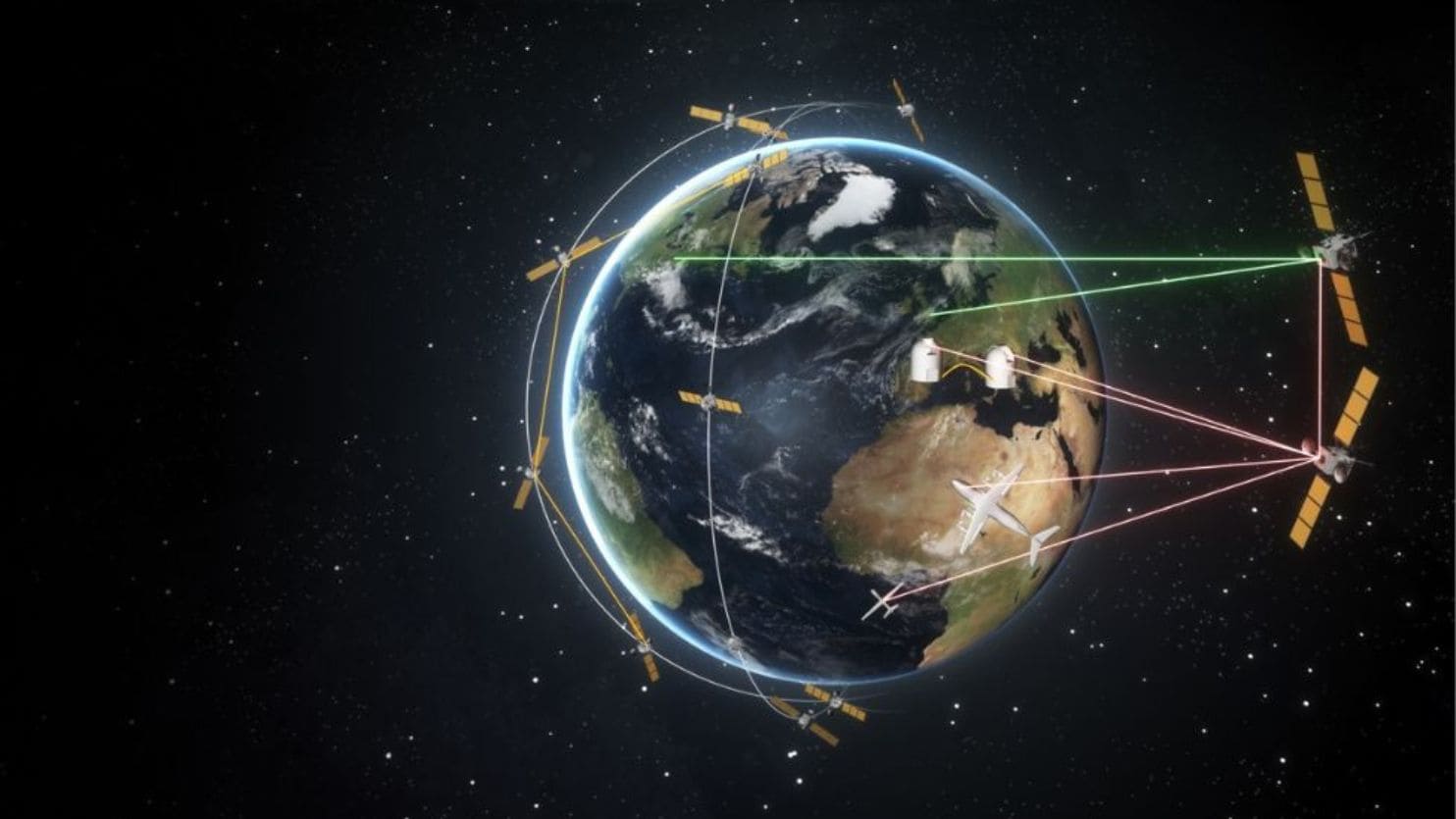
Sweden’s AAC Clyde Space has acquired the rights to use TNO’s advanced optical technology to produce and distribute laser satellite communication terminals. This important milestone was achieved through a recently concluded license agreement. This technology allows satellite data to be transmitted to Earth via laser beams. This provides unparalleled speed and security in broadband connectivity compared to conventional radio frequencies. Moreover, FSO Instruments providing the terminal’s core optical component, also derived from TNO technology, paves the way for an international supply chain for laser satellite communications terminals in the Netherlands.

Kees Buijsrogge, TNO Space director: “This new partnership underscores TNO’s commitment to accelerate the transfer of our technology, promote the growth of satellite optical communications capabilities in the Netherlands, and strengthen a robust network within Europe and NATO.”
Commercially viable terminal
The agreement gives space technology company AAC Clyde Space the right to use TNO’s laser communications terminal technology for 20 years. With dimensions of 10 x 10 x 10 cm, these terminals are ideally suited for small satellites, which AAC Clyde Space specializes in. They aim to create a commercially viable laser terminal for small satellites that can be produced on a large scale.
First supply chain in the Netherlands
To fully develop the terminal, AAC Clyde Space needs additional optical technology, which FSO Instruments will provide. This Dutch optical instrumentation company recently signed a similar licensing agreement with TNO on optical heads, optical benches and a coarse point alignment system. Multiple licensing of TNO’s optical technologies will establish an international supply chain for producing laser communication terminals for small satellites, the first of its kind in the Netherlands.
Laser satellite communication works by forming and transmitting laser beams over long distances. It connects ground stations, satellites, aircraft, and unmanned aerial vehicles. By transmitting through the infrared wavelength band, laser communications can achieve data transfer rates 100 to 1,000 times faster than radio frequencies currently used for communications. Moreover, laser communication links are safer because very narrow optical laser beams are used instead of wide radio signals.

